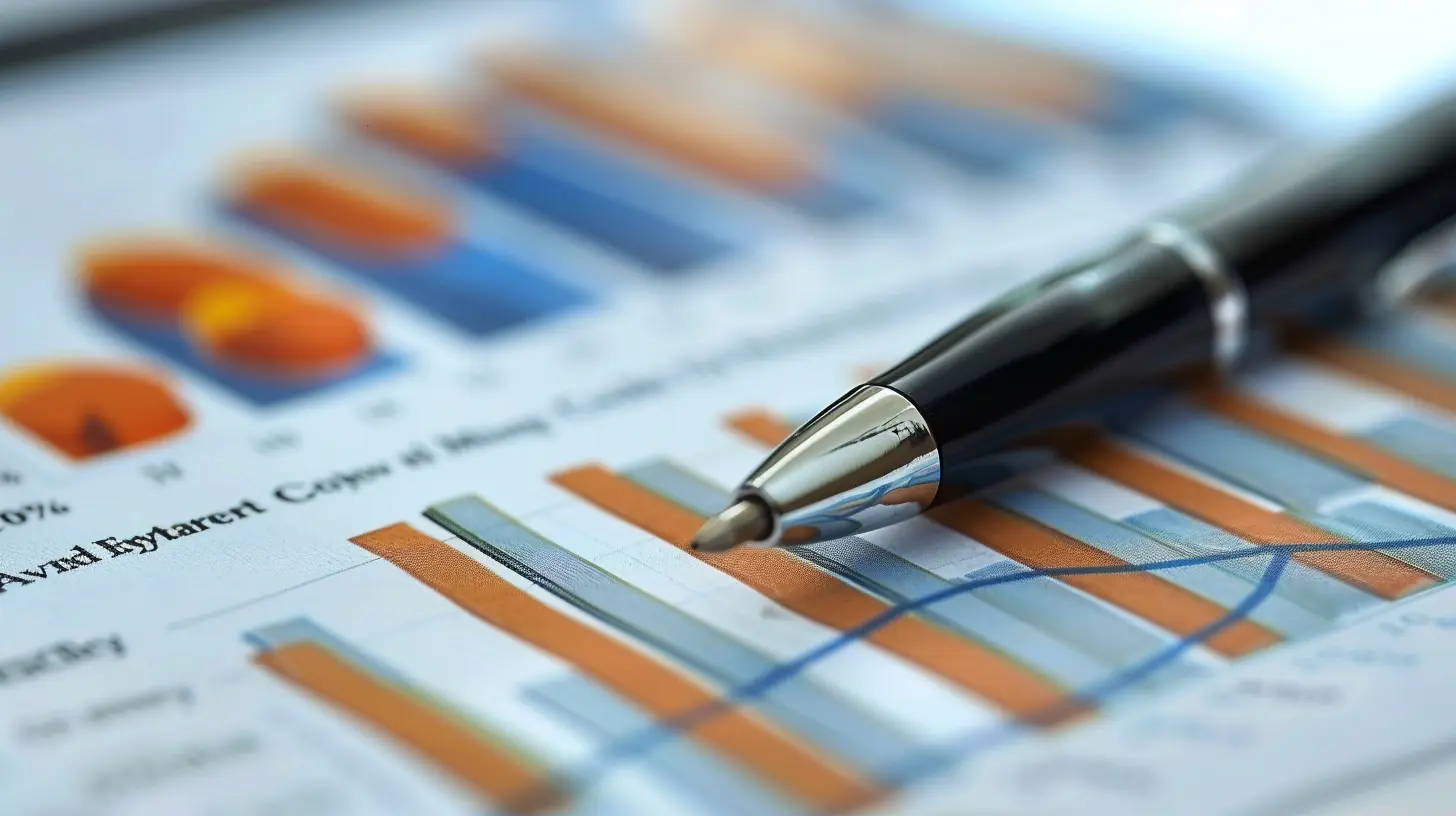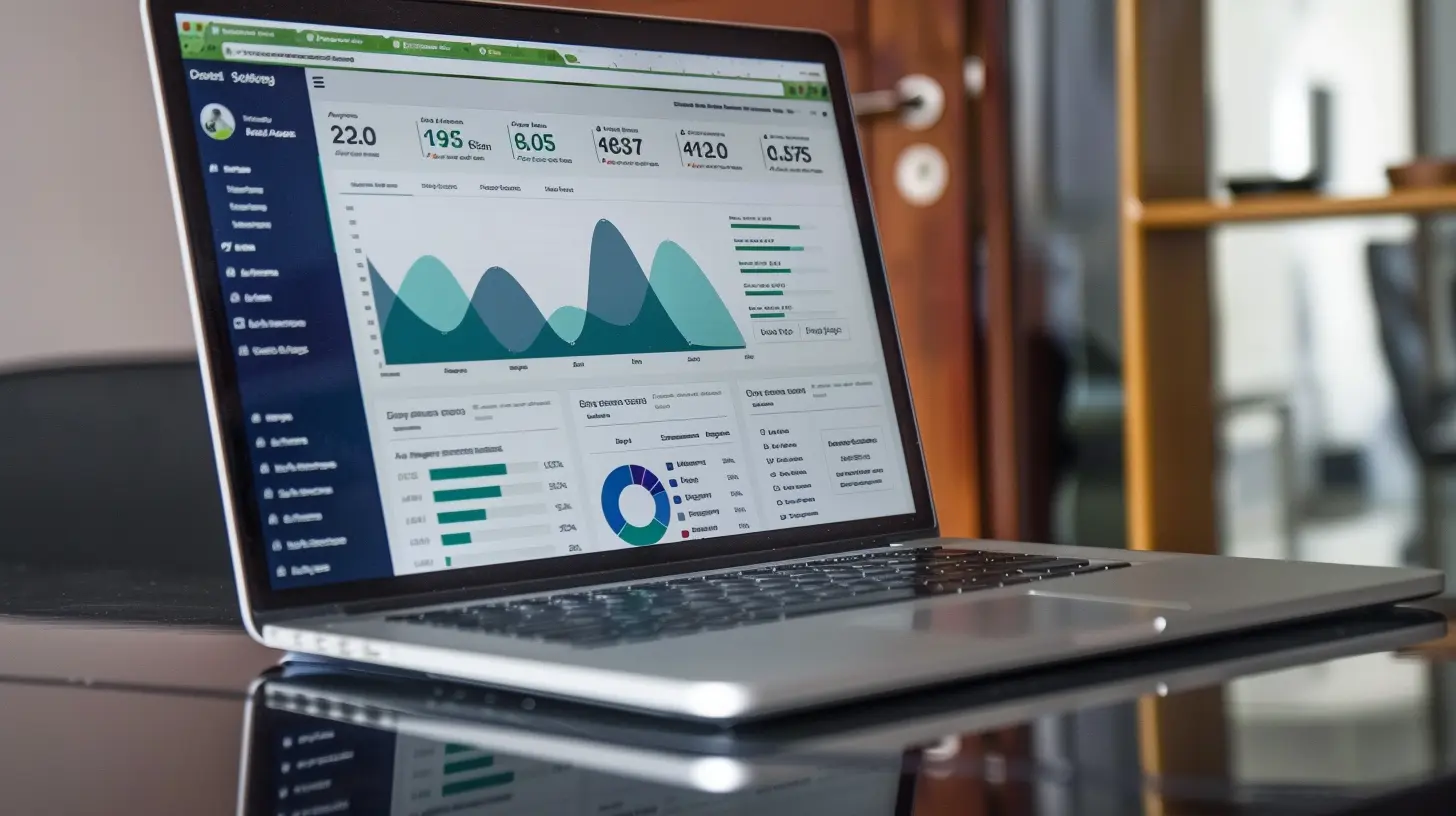A Beginner’s Guide to Business Analytics: What You Need to Know
28 June 2025
Have you ever asked yourself, “What exactly is business analytics, and why does everyone keep talking about it?” If you're new to this field or maybe just dipping your toes in, welcome! You’re not alone. Business analytics might sound like a buzzword straight out of a corporate boardroom, but in reality, it’s one of the most powerful tools modern businesses use to make smart decisions.
In this beginner-friendly guide, we’re going to break down the essentials of business analytics — no fancy jargon, no intimidating tech talk. Just straight-up insights to help you understand what it is, how it works, and how YOU can use it to grow your business or strengthen your career.
What Is Business Analytics Anyway?
Let’s start with the basics.Business Analytics (often shortened to BA) is the process of using data to make business decisions. It’s like giving your business a superpower—the ability to “see” what’s really happening, spot patterns, and predict what might happen next.
Imagine trying to drive a car blindfolded. Sounds dangerous, right? Running a business without data is kind of like that. Business analytics is the GPS that helps companies steer in the right direction.
Okay, But Why Does It Matter?
Here’s the thing: we’re living in the age of information. Every click, transaction, and customer interaction generates data. Mountains of it. And hidden in that data are golden nuggets—insights that can help businesses:- Understand customer behavior
- Improve marketing efforts
- Make operations more efficient
- Increase sales and profits
- Outpace the competition
Let’s say you run a small online store and you notice a spike in sales during weekends. That’s a data insight! With business analytics, you can dig deeper—what products sell best? Where are your customers located? What time do they shop? And then—boom—you tailor your strategies based on real facts, not guesses.
The Three Types of Business Analytics (And Why You Need All Three)
Business analytics isn’t a one-size-fits-all thing. It comes in three flavors, and each serves a different purpose.1. Descriptive Analytics – “What happened?”
This is the starting point. Descriptive analytics summarizes historical data. Think of it like a report card. It tells you:- Last month’s sales
- Website traffic numbers
- Customer ratings and reviews
It’s perfect for identifying trends and spotting issues. For example, if your advertising campaign didn’t perform well, descriptive analytics shows you what went wrong.
2. Predictive Analytics – “What might happen?”
Now we’re getting into crystal ball territory.Using historical data, algorithms, and machine learning, predictive analytics helps businesses forecast outcomes. This is where you ask: “If current trends continue, what can we expect next month?” or “Which customers are likely to leave?”
It’s not fortune-telling—it’s data science, and it’s amazingly accurate (most of the time).
3. Prescriptive Analytics – “What should we do?”
This is the final boss level.Prescriptive analytics doesn’t just tell you what might happen, it tells you what to do about it. It suggests actions based on predictions and outcomes. For example:
- Should we increase our ad budget in a specific region?
- Should we offer a discount to regain lost customers?
It’s like having a business coach powered by artificial intelligence.
Who Can Use Business Analytics?
Honestly? Anyone.You don’t need to be a data scientist or math genius to start using business analytics. Whether you’re:
- A small business owner
- A marketing manager
- An entrepreneur
- A startup founder
- Or even someone just curious about business strategy
There are tools and resources out there that make it ridiculously easy to get started.
Tools That Make Business Analytics Easy
Let’s be real. Staring at spreadsheets for hours isn’t most people’s idea of a good time.Thankfully, there are some amazing tools out there that do the heavy lifting. Here are a few fan favorites:
1. Microsoft Excel or Google Sheets
Yes, the good ol’ spreadsheet still tops the list for beginners. Why? Because it’s simple, familiar, and flexible. You can sort data, use formulas, and even build graphs without needing to code.2. Google Data Studio
Want beautiful, interactive dashboards? Google Data Studio is free and integrates easily with your data sources like Google Analytics.3. Tableau
A bit more advanced, but Tableau is fantastic for visualizing data. Charts, graphs, dashboards—you name it.4. Power BI
Microsoft’s answer to Tableau. It’s powerful, user-friendly, and perfect if you’re already using Microsoft products.5. R and Python
These are for when you’re ready to level up. These programming languages allow deeper data analysis and are the tools of the trade for data scientists.Tips to Get Started With Business Analytics
Starting something new can feel overwhelming. Don't worry. Here are some bite-sized tips to help you ease into it.1. Start With a Clear Question
Don’t dive into data just for the sake of it. Ask yourself a question like:- “Why are sales dropping in Region A?”
- “Which product category is growing the fastest?”
- “When do most customers abandon their carts?”
Let your curiosity guide your analysis.
2. Collect the Right Data
Make sure you’re collecting relevant and accurate data. Garbage in = garbage out. Use tools like Google Analytics, customer surveys, and sales reports to gather real insights.3. Visualize Your Data
Charts and graphs make data way easier to understand. Visuals can make complex info digestible at a glance.4. Don’t Be Afraid to Experiment
Try different tools, update your dashboards, test new strategies. Business analytics is more about iteration than perfection.5. Keep Learning
There are tons of free courses, blogs, and YouTube channels out there. Don’t try to learn everything at once. Just be consistent.Common Mistakes Beginners Make (And How to Avoid Them)
It’s easy to fall into a few traps when you're just starting. Heads up! Watch out for these:Mistake #1: Drowning in Data
More data doesn’t always mean better decisions. Focus on relevant data, not all data.Mistake #2: Ignoring the Story
Data means nothing if you can’t interpret it. Always ask: “What is the story this data is telling me?”Mistake #3: Skipping Visualization
Raw numbers are hard to digest. Use visuals to make your point clear and compelling.Mistake #4: Not Taking Action
Insights are only useful if you act on them. Use what you’ve learned to make changes and track the results.How Business Analytics Can Skyrocket Your Business
Still wondering how business analytics helps in real life? Let’s look at some real-world benefits:- Personalized Customer Experiences: Know what your customers want before they even ask.
- Better Risk Management: Predict potential threats and act before they hurt your bottom line.
- Smarter Inventory Control: Always stock what sells and reduce waste.
- Higher Marketing ROI: Know which campaigns work and which to kill.
- Informed Decisions: Replace guesswork with precision.
Whether you’re running a bakery or building a tech startup, being data-savvy gives you an edge that most businesses still lack.
Final Thoughts: You’ve Got This
Look, business analytics might seem intimidating at first. But here’s the truth: it’s just a way to make smarter choices using the info you already have. Think of it like learning to read a new language. At first, the symbols and words look weird. But once you get the hang of it, a whole new world opens up.You don’t need a PhD, expensive software, or a full-time data team to get started. Start small. Ask questions. Look at the numbers. Use simple tools. And bit by bit, you’ll become fluent in the language of business analytics.
The most successful businesses today are the ones that understand their data and act on it. Why not join them?
all images in this post were generated using AI tools
Category:
Business AnalyticsAuthor:

Matthew Scott
Discussion
rate this article
1 comments
Kismet McQuillan
Great insights! This guide is perfect for newcomers. Understanding business analytics can truly transform decision-making. Excited to apply these tips!
July 10, 2025 at 4:02 AM

Matthew Scott
Thank you! I’m glad you found the guide helpful. Excited to see how you apply these insights!


